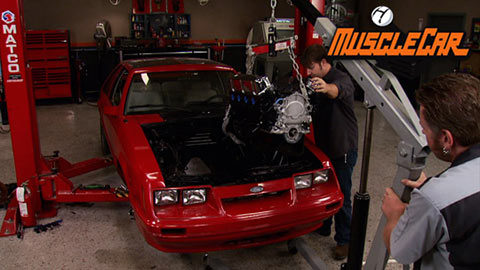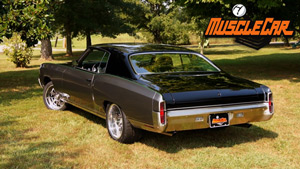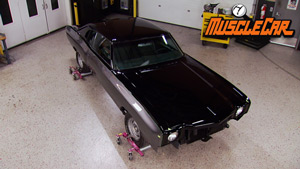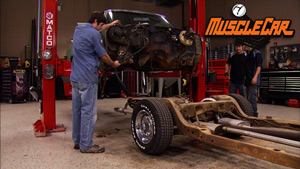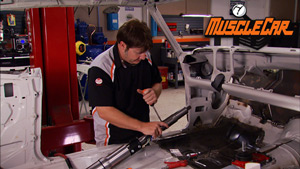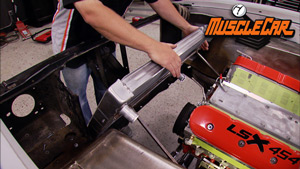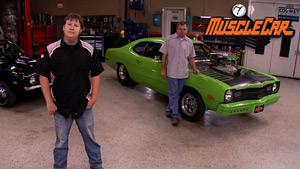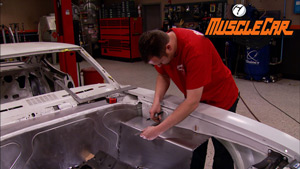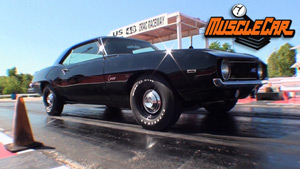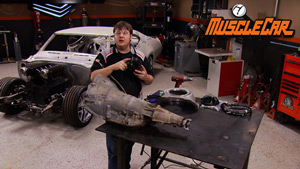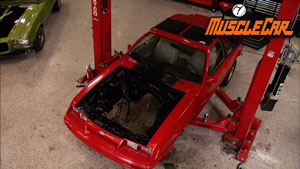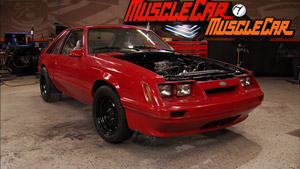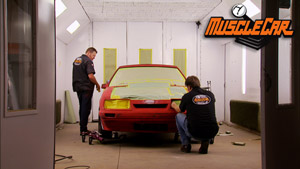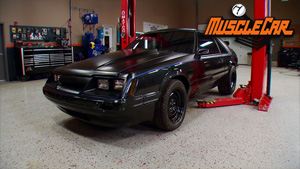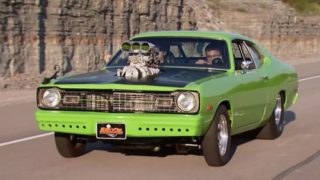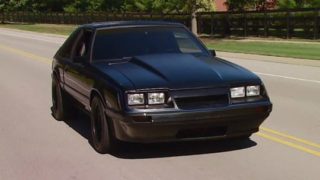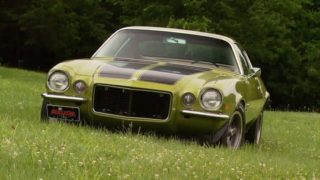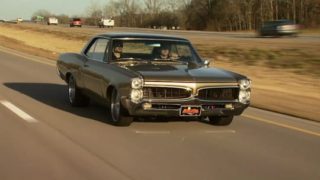More '86 Ford Mustang "Dark Horse" Episodes
MuscleCar Builds
Want more content like this?
Join the PowerNation Email NewsletterParts Used In This Episode
Anest-Iwata Usa Inc.
Air Brush, Custom Micron CM-C Plus, Gravity Feed, 9 ml Cup, Nickel Body, Each
Anest-Iwata Usa Inc.
Spray Gun, HVLP, LPH400-LV, Gravity Feed, 1.3mm Nozzle, 1,000ml Aluminum Cup, Nickel Body, Each
ARP
Flywheel Bolts, High Performance, Chromemoly, Black Oxide, 12-point, 7/16 x 1 in., Chevy, Ford, Set of 6
EBC Brakes
Brake Pads, Greenstuff, Organic, Front, Ford, Mercury, Cougar, Mustang, Thunderbird, Set
EBC Brakes
Brake Rotors, Slotted, Dimpled, Iron, Black Zinc Plated, Front, Ford, Mustang, Pair
Ford Performance Parts
Differential Rebuild Kit, Traction-Lok, Clutch Pack, Clutch Shims, Friction Modifier, Ford, 8.8 in., Kit
Ford Performance Parts
Flywheel, Cast Iron,Exact replacement for 1986-1995 Mustang. Accepts 10.5 in. diaphragm clutch pattern.
Granatelli Motorsports
Frame Crossmember; K-Member Kit; Incl. Crossmember;A-Arms; Coil-Over Strut Conversion Kit w/ 300 lb Springs
Hays
Clutch Kit, Sintered Metallic, 1 1/16 in.- 10-Spline, 10 in. Diameter Disc, Ford, Mustang, 4.6, 5.0L, Kit
Loctite
Primerless Medium Strength Blue Threadlocker is designed for the locking and sealing of threaded fasteners between 1/4" and 3/4"" (6 to 20 mm)
Randy's Ring & Pinion
High performance Yukon Ring & Pinion gear set for Ford 8.8"
